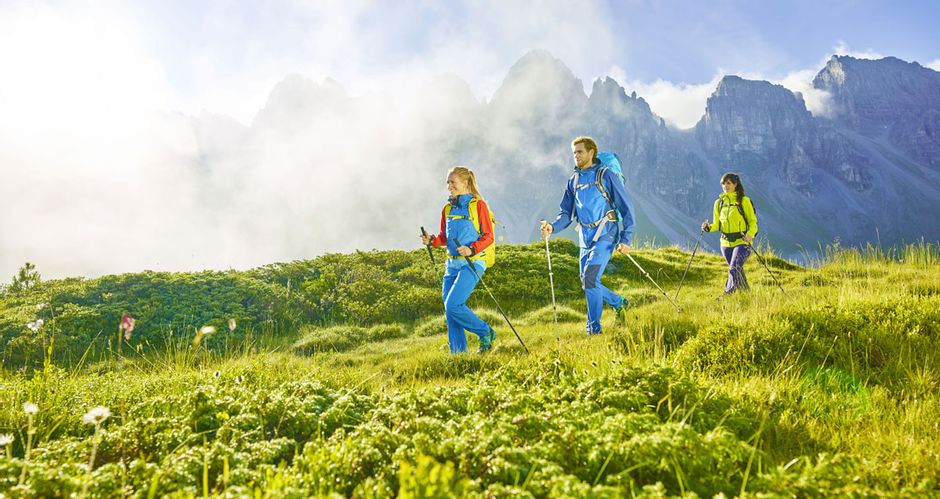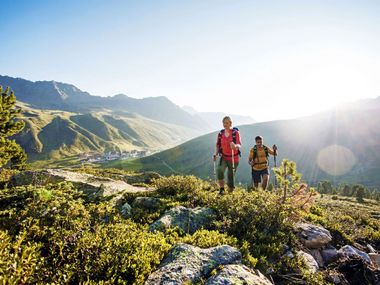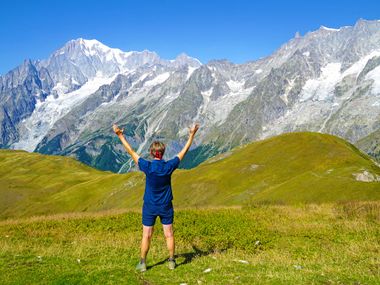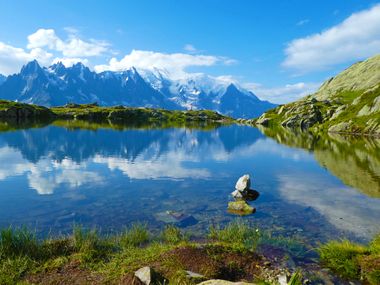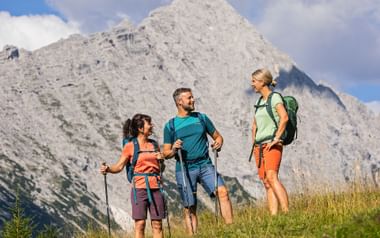As soon as the sun is blasting full power and there is not a single cloud in the sky, you get itchy feet. You feel drawn high up into the mountains, longing to breath in that clean air and open yourself up to the panoramic view. The question is whether mountain hiking tours are suitable for everyone or are there certain prerequisites one has to fulfil in order to return safely to the valley? The Eurohike-team went to investigate and compiled a few interesting facts! Have a read through…
